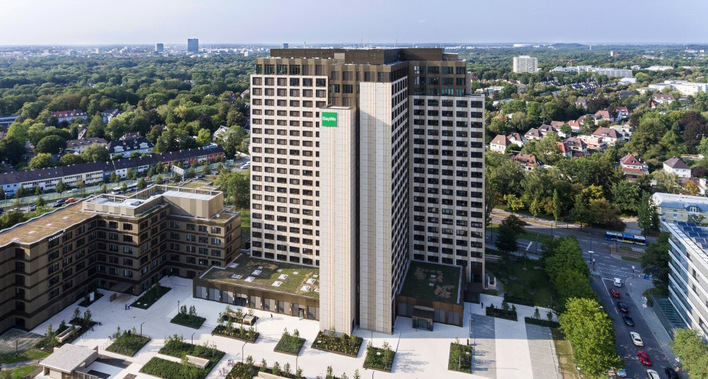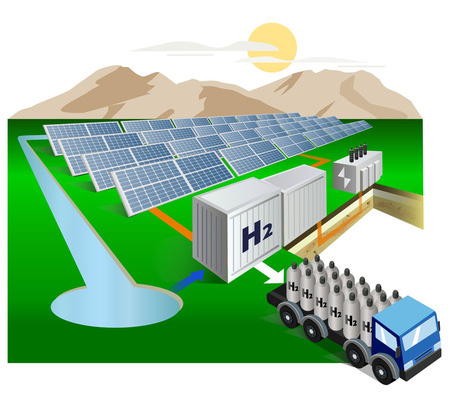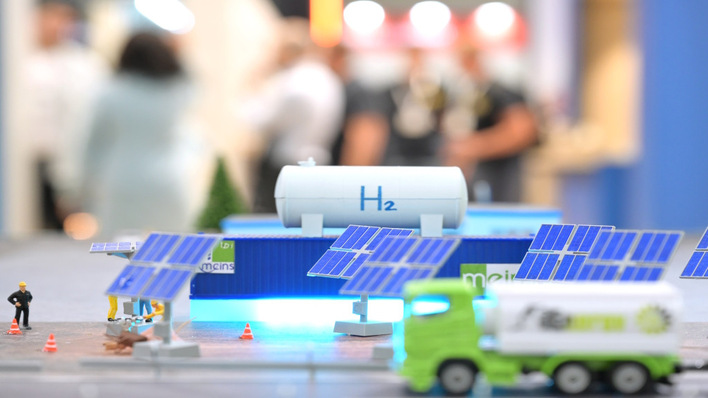COVID-19 has also hastened the decline in carbon dioxide emissions – with 2019 set to be the year of peak CO2 emissions - yet the overall impact on our carbon budget is minimal.
Lower economic output puts further break on enrgy demand
Compared to DNV GL’s pre-pandemic forecast, the amount of energy required by humanity in 2050 will be 8% lower. Energy efficiency remains the key driver to reducing the world’s energy needs, although lower economic output following the COVID-19 pandemic is putting a further brake on demand. Lasting behavioural changes to travel, commuting and working habits will also decrease energy usage and lessen demand for fossil fuels from the transport sector as well as from iron and steel production.
Take the opportunity to implement further measures for decarbonization
We are still at a critical junction. We basically have the technologies to deliver on the Paris ambition, but we need smarter policies to scale these technologies much faster. COVID-19 has caused enormous human suffering, but has at the same time shown us that measures can be implemented fast at scale,” said Remi Eriksen, Group President and CEO of DNV GL. “This is an opportunity that cannot go to waste. Governments and international regulatory institutions must take this opportunity to make a lasting impact on decarbonization.”
Energy demand from the transport sector will never reach pre-pandemic levels due to the downturn in the aviation sector and because of altered commuting habits as people work from home more. In turn, the energy intensive process of iron and steel production will be hit by a reduced demand for office space.
CO2 emissions have already peaked in 2019 – but more speed for energy transition necessary
With the earlier than anticipated plateauing of oil and the continued rapid decline of coal use, DNV GL’s forecast shows that CO2 emissions most likely have already peaked (in 2019). However, even with peak emissions behind us, and flat energy demand through to 2050, the energy transition is still nowhere near fast enough to deliver on the Paris ambition of keeping global warming well below 2°C above pre-industrial levels. To reach the 1.5-degree target, we would need to repeat the decline in emissions we’re experiencing in 2020 every year from now on.

DNV-GL
To put this in perspective, the COVID-19 impact on energy demand only buys humanity another year of ‘allowable’ emissions before the 1.5°C target is exhausted (in 2029) and a couple of years before the 2°C warming carbon budget is exhausted (in the year 2050).
„Companies and governments must act now“
“The depth of the climate crisis is immense, but we have all the tools to prevent unsustainable global warming. Companies and governments must act now. Now more than ever we need technology and the scaling of technology to accelerate the uptake of renewables, energy efficiency measures as well as the deployment of industrial scale carbon capture and storage, and the use of alternative fuels,” said Eriksen.
The full Energy Transition Outlook will be published on September 9 2020. (hcn)







